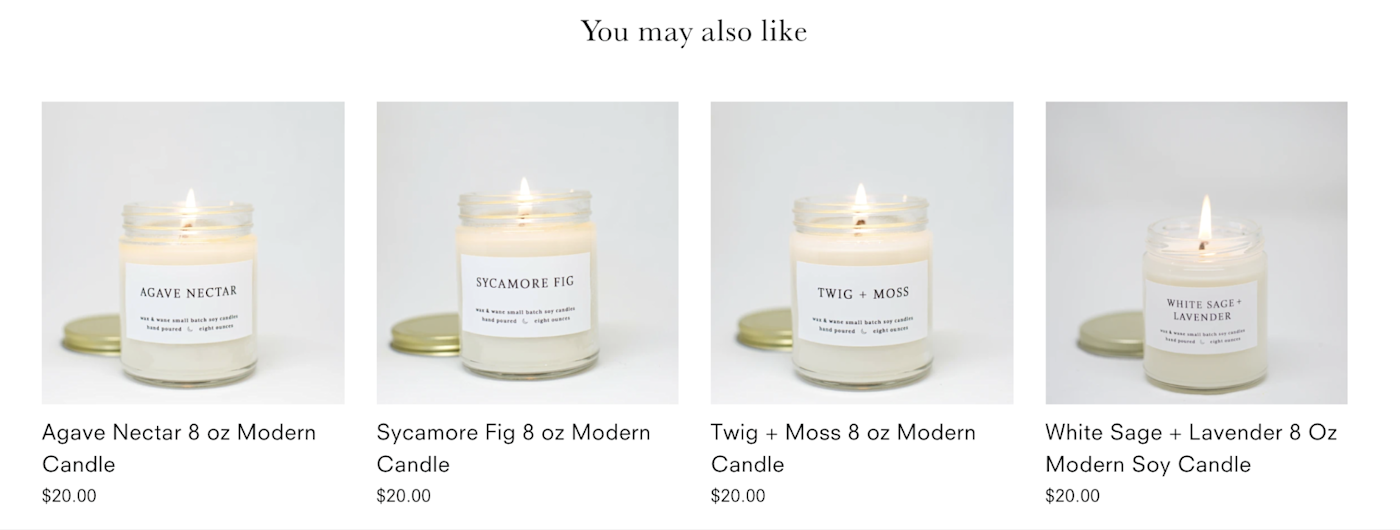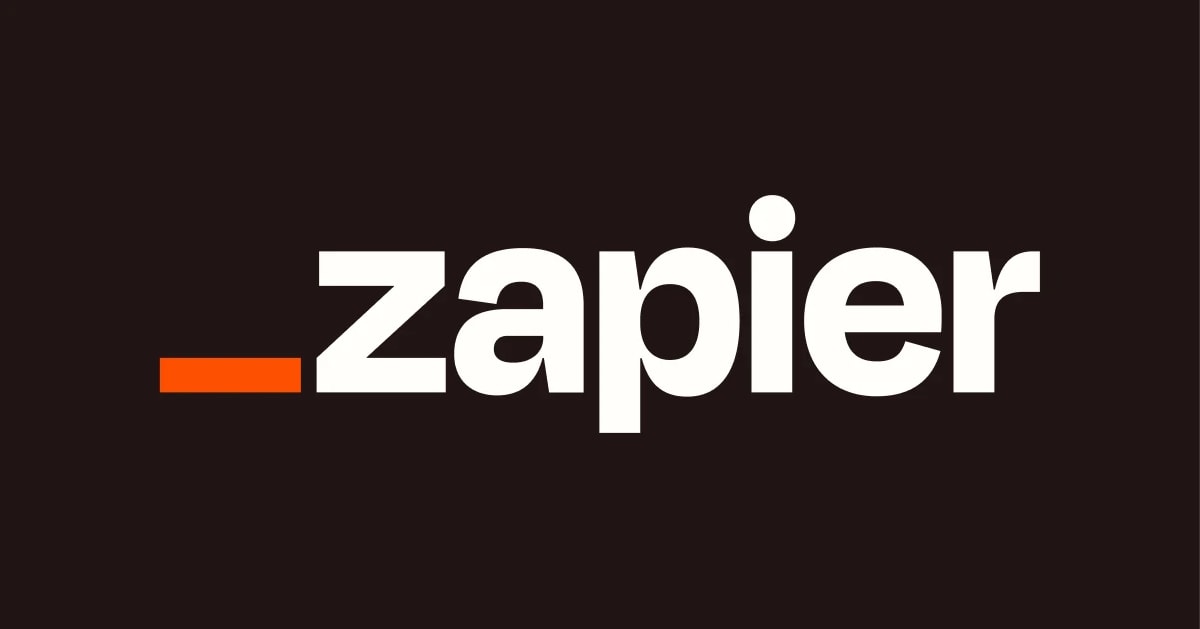Upselling and cross-selling are tactics that you can use to sell more, with less—less time, less money, less resources. Simple as that. And both terms apply to virtually every industry: software, retail, finance, telecom, manufacturing, real estate—you name it.
I run Tee Tweets, a clothing brand that lets you wear any tweet in the world. Cross-selling—that is, promoting products or services related to what’s already being purchased—works wonders for me. Considering there are hundreds of thousands of tweets generated every minute, you can imagine that there’s a wide selection of tweet designs to cross-sell. So when we plan email marketing campaigns, for example, we segment customers to present them other Tee Tweets they might like based on their purchase history.
I’ve also done some upselling—that is, getting the customer to buy a more premium or robust version of whatever it is they’re purchasing. When I first started freelance consulting, I worked with a couple of clients in different industries. I remember putting together a proposal for a web design and development project. The client wanted to build a simple marketing website, but working within their budget, I (unknowingly at the time) upsold the project to include eCommerce capabilities. Rather than building one website and then having to rebuild later on, it made more sense to establish the infrastructure for eCommerce from the jump. It was mutually beneficial for me and the client.
So regardless of your industry, understanding and learning how to effectively leverage cross-selling and upselling is a clear path toward growing your business.
What is upselling?
Upselling is about upgrading the customer to a “bigger” version of the product or service they’re already buying. Virtually every modern business does some form of upselling at one point or another.
One of the most common examples of upselling is in an industry we all know and love: food. Think specifically of the fast food industry, where customers are always encouraged to “supersize” or double (sometimes triple) the size of an item. Ordering small fries? Make it a large for only an extra 25 cents. You get the gist. But upselling works in all industries and business types.
If you pay for software, for example, it’s almost guaranteed that you’ve seen upselling in action. Let’s take a look at Airtable.

Airtable offers users four pricing tiers: Free, Plus, Pro, and Enterprise. Depending on your use case, you might fall into more than one of these tiers. You might be an indie maker trying to build an app without code while using Airtable as the database.
In this case, opting into the free plan is a fine start. But what happens when that base quickly hits more than 1,200 records? That’ll require an upgrade to at least the Plus plan. On this Plus plan, you get over four times the records, as well as a larger attachment space and longer revision history. Not to mention more automations.
Then look at the Pro plan: it’s double the price of Plus, and it comes with 10 times the number of records, four times the attachment space, and 10 times the automations. So for double the price of the Plus plan, you get more than double the quantity of features, making the offer much more enticing. Depending on the type of app, the upselling will be different: it might give you more users, more storage, or more anything else that matters to users of that software.
And so it goes for various industries. Here are some examples of upselling:
-
Promoting a warranty when someone buys an appliance
-
Suggesting upgrading to a spa package when someone goes to book a massage
-
Offering more analytical accounting services in addition to your standard transactional bookkeeping services
-
When someone hires you to design their logo, proposing an entire branding package instead
-
Suggesting the fleece-lined version when someone’s about to buy leggings
The list goes on.
What is cross-selling?
Cross-selling is similar to upselling, but it’s not about getting the person to buy a premium version of what they’re already buying—it’s about getting them to buy something different (albeit usually related) in addition to what they’re already buying.
The most clear-cut example is Amazon. On any given product page, you’ll always see the “Customers also bought” section. This is cross-selling in a nutshell.
Cross-selling isn’t just about getting customers to buy more—it’s exposing your customers to new products and offerings they may have not been aware of or considered trying. When coupled with a purchase your customer is already set on buying, your brand exposure can have more significant weight than you might expect.
Have a look at this small business in the candle game:

If the product page we were looking at was for a relaxation scent, it would be safe to assume that any recommendations would be along those same lines. Of course, it won’t always be accurate. At Tee Tweets, for example, it’s unlikely that people who like tweets about sports only like tweets about sports. They might like political tweets, music tweets, or anything in between.
The most important thing to remember when cross-selling, then, is that the products you are cross-selling should be complementary. Are you in the flower business? Cross-sell with some unique cards or tasty chocolates for an extra sweet gesture. Is your customer buying a printer? Suggest ink. Are they buying a new standing desk? Cross-sell a complementary ergonomic chair to match the desk’s aesthetic.
One thing to note: suggesting a chair to match a desk is cross-selling, not upselling, because it’s a different product that goes with the original purchase. The cross-sell here is the chair. An upsell in this example would be a more premium version of the desk—perhaps a wider desk with extra space to hold a second monitor. Understanding the difference will help you take advantage of each one.
To recap:
Upselling and cross-selling to lower customer acquisition costs and increase revenue
The oldest business tip in the book is that it’s cheaper to keep an existing customer than to acquire a new one. Prospective customers might not even be aware that your brand or product exists. You need to make them aware first, whether it’s through SEO, advertising, or another marketing channel.
Even if someone is aware of you, there’s often still a knowledge gap. Perhaps your product requires a product demo, meaning someone needs to walk the prospect through your product or service in order to understand how it can be of value to them. After that, you’ll need to continue nurturing that lead in order to convert them into a customer or client.
All of this adds to the customer acquisition cost (CAC).
CAC = Marketing and sales expenses ÷ number of new customers
The higher that number is, the larger the average customer value needs to be to make up for it. So even though acquiring new business is necessary, you want to focus on keeping existing customers around as well—they cost a lot less.
One thing to note: don’t rely too much on CAC standards because every product or service will be different. My clothing brand, Tee Tweets, has a much lower CAC than my digital consultancy, Swyftlight. This is because everyone knows what a T-shirt is. It’s easy to wrap your head around the concept of wearing tweets on tops. For Swyftlight, on the other hand, proposing economic impact analyses or automation services requires more time to communicate the value of such solutions. And the more time I spend explaining the value of more complex services, the more my CACs increase.
The average order value (AOV) of existing customers is also usually higher than that of new customers. When someone buys from Tee Tweets a second, third, or even fourth time, they’ll often buy more than one top. Some buy for themselves, others buy for friends and family. After the first purchase, they might also choose a hoodie or crewneck sweater as opposed to a T-shirt. They feel comfortable enough to buy in greater quantities after a happy first purchase—that trust is key in increasing AOV.
Applying upselling and cross-selling to your business
Upselling and cross-selling are both an art and a science. You need to think creatively about your offerings (and potential offerings) and how they might complement existing purchases. But you also need to dive into your analytics and make some data-driven decisions about what your customers are buying, when they’re buying them, and why. After all, upselling and cross-selling won’t do anything for you if no one actually buys what you’re promoting.
I’ve found that the most effective strategy when it comes to using upselling and cross-selling well is to reverse engineer what makes the most sense for your customers. What adds the most value for them? What questions do they have when buying from you? What products or services do they ask you about that you don’t yet offer? Talking directly to existing customers or clients about what they might want is a great place to start.
And remember: there’s always room to experiment. If people who buy product X often also buy product Y, you should absolutely be trying to sell product Y to everyone who buys product X. But don’t stop there. Try promoting product Z to those same people, or try upselling them to a higher quality version. Think outside the box, and you’ll find some creative ways to sell more—and better.
[adsanity_group align=’alignnone’ num_ads=1 num_columns=1 group_ids=’15192′]
Need Any Technology Assistance? Call Pursho @ 0731-6725516







